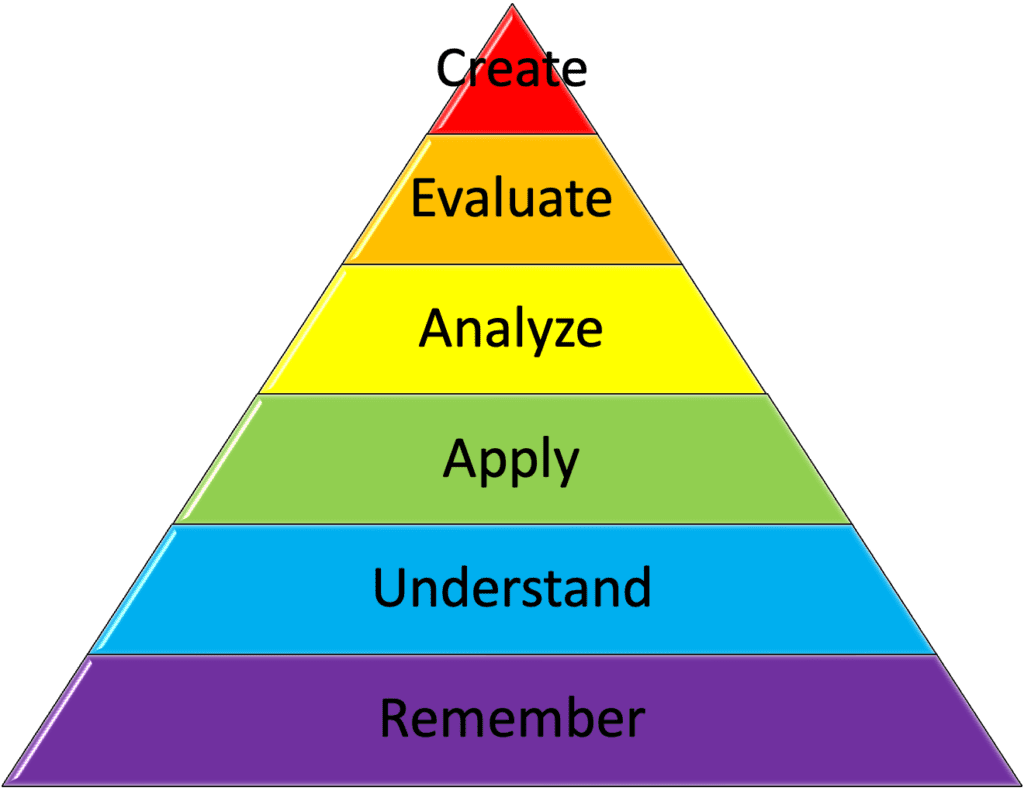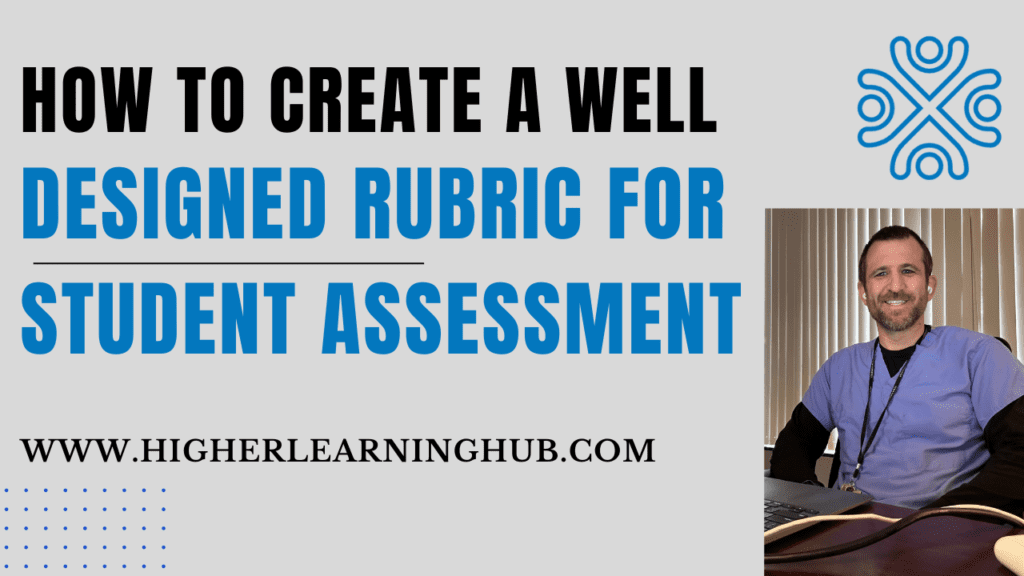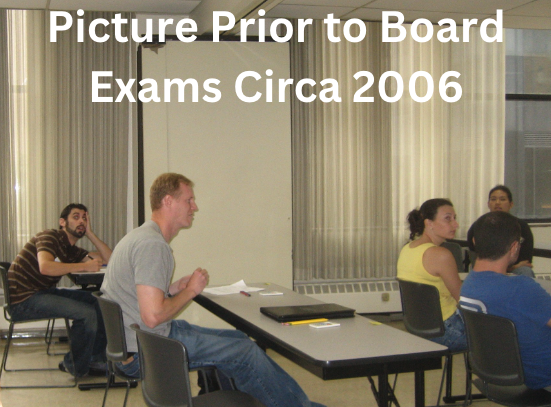Authored by Leland Jaffe, DPM, FACFAS; Associate Professor and Dean- Published on January 6th, 2024
Your curriculum vitae (CV) serves as your professional outline, making a lasting first impression on potential employers or universities.
A strong CV encapsulates your achievements, and skills, and not only showcases your skills and qualifications but also distinguishes you from the competition. Whether you’re a seasoned professional or a recent graduate entering the job market, these tips will guide you in creating an excellent CV that opens doors to exciting opportunities. Let’s learn how to write a standout CV with the tips below!
What’s the Difference Between a CV and a Resume?
A curricula vitae is a longer, more detailed synopsis of your background and skills as compared to a resume, which is a one or two-page summary of your skills, experience, and education (much more concise).
Is a CV or Resume Right For You?
The primary differences between a CV and a resume lie in their purpose, length, and content. A CV is an extensive document commonly used primarily in academic, scientific, and research fields, providing a detailed account of one’s educational and professional history, including publications, presentations, and academic achievements. CVs are typically longer, often spanning multiple pages, and are static, offering a comprehensive overview of an individual’s entire career.
On the other hand, a resume is a concise summary tailored for specific job applications in corporate or business settings. Resumes are shorter, typically one to two pages, and focus on relevant work experience, skills, and accomplishments directly related to the desired position. Resumes are highly customizable for each application, allowing candidates to highlight the most pertinent qualifications for a particular job. While the terms are sometimes used interchangeably, understanding these distinctions is crucial when navigating job applications in different industries and regions.
A Standout CV Should Include the Following Sections:
1. Name
Make sure to use your official name (at the top of your CV) that matches your social security number or other official documents. It’s okay to place your preferred name in brackets.
2. Contact Information/Personal Information
List an address where you will receive mail for the next one or two years and not a temporary location where you don’t plan to stay in the long term. Write a phone number (home or cell), whichever is the best to reach you. Also, include an email address that you check often.
3. Education Section
This section should include your academic background including college/university level education as well as graduation level education (if applicable).
Let’s Dive a Bit Deeper Into This Section
The education section of a professional CV is a vital component that provides a snapshot of your academic background. Include the name of the institution, the degree earned, the field of study, graduation date, and any relevant academic honors or distinctions. List your educational experiences in reverse chronological order, starting with the most recent degree. For each entry, briefly describe any coursework, projects, or research relevant to your professional goals. If you are a recent graduate or have limited work experience, you may place more emphasis on this section to showcase your academic achievements. However, as you gain more professional experience, the education section typically becomes less detailed. Remember to tailor this section to emphasize aspects of your education that align with the requirements of the position you are applying for, showcasing how your academic background contributes to your qualifications for the role.
4. Honors / Awards / Certificates
These can either be placed together OR in a separate category. If you have 3 or more awards or honors, you should consider listing these in a separate section. This would be a good place to include if you’re ACLS/BLS certified.
5. Research/Publications
List any research experience or publications in this section. It’s a good idea to list publications/journal articles and conference presentations as you would a citation of a reference. Further, list any scientific research positions or mentorship roles you’ve held. If you held a specific position within research projects, make sure to include them here and be specific.
6. Professional Organizations
Be sure to list your position, the name of the organization, as well as how many years you have been involved. List the organizations in which you had a leadership position first.
7. Relevant Work Experience
The work experience section of a professional CV is a crucial part that showcases your relevant skills to potential employers.
Here’s a guide on what to include in this section:
- Job title – Mention your job title for each position held
- Company Name and Location
- Dates of Employment – Provide a start and end date for each position.
- Job Description – Offer a brief overview of your responsibilities in each role. Be sure to highlight key achievements and contributions.
- Skills used – These could include technical skills, soft skills, and any industry-specific skills
- Achievement and Accomplishments during your tenure.
- Projects – If applicable, mention any notable projects you worked on and describe your role and contributions to the projects.
- Promotions or Advancements – Indicate if you received promotions or took on additional responsibilities within the same company.
- Training and Certifications – Include any relevant training programs or certificates obtained during your employment.
- Relevant Keywords- Incorporate industry-specific keywords relevant to the position you are applying for. This can help your CV get noticed by automated applicant tracking systems.
- Tailor to the Job – Customize your work experience section for each job application. Highlight experiences and skills that align with the requirements of the specific job.
8. Volunteer Experience
In the volunteer section of a professional CV, it is crucial to showcase experiences that align with your career goals and highlight your commitment to social responsibility. Begin by listing the name of the organization where you volunteered and the dates of your service. Clearly define your role or position, detailing the responsibilities you undertook and any accomplishments achieved during your volunteer work. Emphasize the skills you utilized and developed, such as leadership, teamwork, communication, and project management. If applicable, quantify your impact, using metrics to illustrate the tangible results of your efforts. Additionally, express how your volunteer experiences connect with your professional aspirations and demonstrate your dedication to making a positive impact beyond your immediate career responsibilities. By presenting your volunteer work strategically, you not only underscore your commitment to community service but also showcase transferable skills that enhance your overall professional profile.
9. Professional References
It’s advisable to list at least two, but preferably three references, and include their name, title, and contact information.
10. Additional Information
The additional information section of a professional CV provides an opportunity to offer supplementary details that enhance your overall candidacy. Here, you can include relevant experiences that don’t fit neatly into other sections. Consider adding language proficiency, certifications, or memberships in professional organizations. If you have relevant hobbies or interests that demonstrate skills or traits beneficial to the position, include them judiciously. Mention any volunteer work or community involvement not covered in other sections. If applicable, briefly highlight any awards, honors, or notable achievements that bolster your qualifications. Ensure that the information presented is concise, directly relevant to the job search or industry, and contributes positively to the overall image you want to convey. Remember to tailor this section to align with the specific requirements of the job and to reinforce your suitability for the role.
The Optimal Format for a Standout CV
The optimal format of a professional CV presents a clear, well-organized, and visually appealing document that quickly communicates your qualifications to potential employers. According to Jobseeker.com, the optimal font size for a CV is 12 points, with headers and subheaders being no larger than 14 points. Begin with a concise yet impactful professional summary that highlights your key skills and objectives. Be sure to list your roles in reverse chronological order and emphasize pertinent accomplishments and responsibilities. Maintain a clean and consistent formatting style, using a legible font, appropriate headings, and bullet points for readability. Tailor the CV for each application, aligning your experiences with the specific requirements of the job.
A CV Should Be Updated Consistently
An academic CV is a dynamic document that should evolve with your career. Updating your CV is crucial for several reasons. Firstly, it allows you to maintain an accurate record of your evolving skills, experiences, and achievements. As you progress in your career, gain new qualifications, or take on additional responsibilities, keeping your CV up-to-date ensures that you present a comprehensive and current snapshot of your professional self to potential employers.
Secondly, an updated CV makes you better prepared for unexpected job opportunities or career advancements. It enables you to respond promptly to job openings, networking opportunities, or professional development programs. Moreover, consistent updates demonstrate a proactive and organized approach to your career, signaling to employers that you are engaged, adaptable, and committed to professional growth. In a rapidly changing job market, a current and well-maintained CV serves as a valuable tool for showcasing your capabilities and staying competitive in your field.
How To Write a Standout CV in 2024 – Conclusion
Developing an excellent CV requires time, attention to detail, and a strategic approach. By tailoring your document to the specific requirements of each job, presenting your achievements effectively, and maintaining a professional tone, you’ll increase your chances of making a lasting impression on potential employers. Remember, your CV is not just a summary of your work history; it’s a powerful tool to showcase your unique value and secure the career you aspire to.
Advice from Dr. Jeff Jensen
Jeff Jensen DPM, Dean of the Arizona College of Podiatric Medicine at Midwestern University – CVs should be tailored to the position one aspires to attain. It’s not one size fits all. Host of Dean’s Chat







